The Irish red and white setter: The rare beauty brought back from the brink
A history of Ireland’s original setter — the elegant, intelligent breed saved from extinction by devoted breeders and cherished as a symbol of the nation’s sporting heritage.
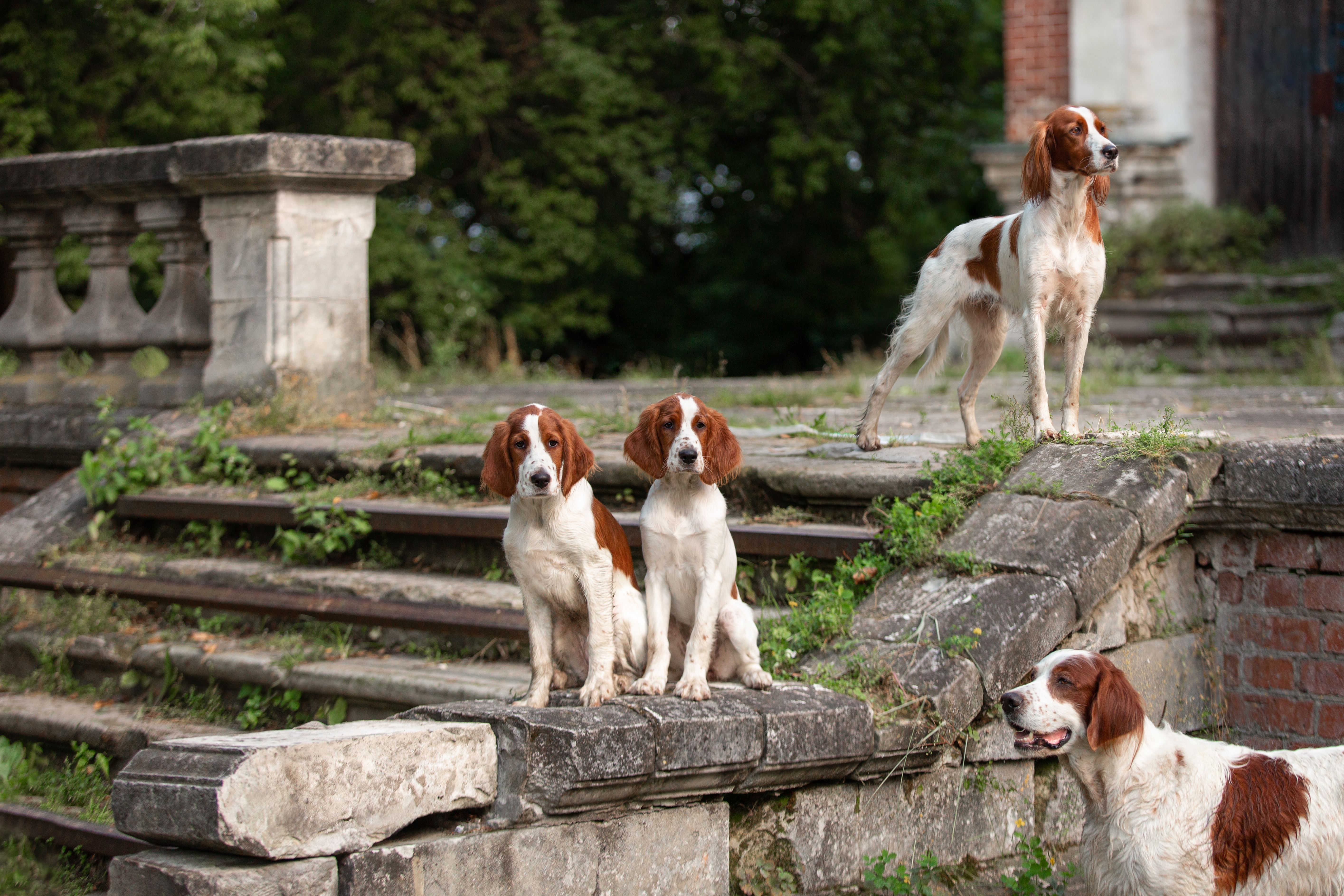

Saved from the jaws of extinction
In 18th-century Ireland, three types of setter were recognised by coat: the red and white, the solid red, and the now-extinct ‘Shower of Hail’, which had a red coat flecked with white ticks. Of these, it’s the red and white that can lay claim to being the original Irish setter.
Despite this, the solid-red variety soon rose in popularity — winning favour in the show ring and as a household pet — and eventually became so symbolic of Ireland that it features on the Bus Éireann logo. As red took centre stage, the red and white was quietly disappearing.
Enter Revd Noble Houston, an Ulster cleric and former Army chaplain, who returned home after the First World War to find the breed near extinction. Determined to preserve the original Irish setter, he began a careful breeding programme, including the Rossmore line, to bring the red and white back from what he described as ‘the jaws of extinction’.
His efforts were continued in the 1940s by Maureen Clarke (later Cuddy), who bred her dog Judith Cunningham of Knockalla to one of Houston’s dogs, Jack of Glenmaquin. Today, nearly every Irish red-and-white setter can trace its pedigree back to Cuddy’s line.
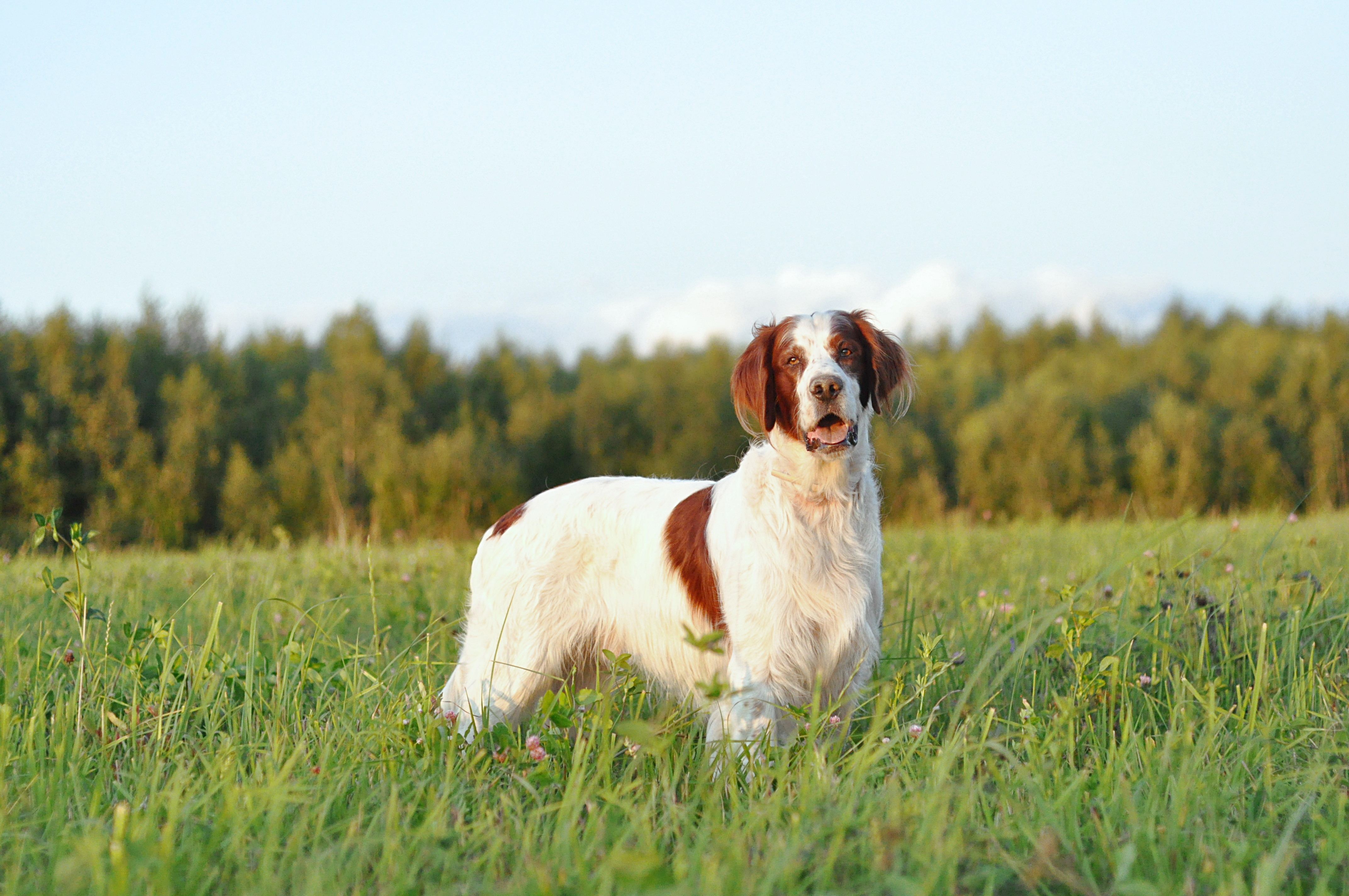
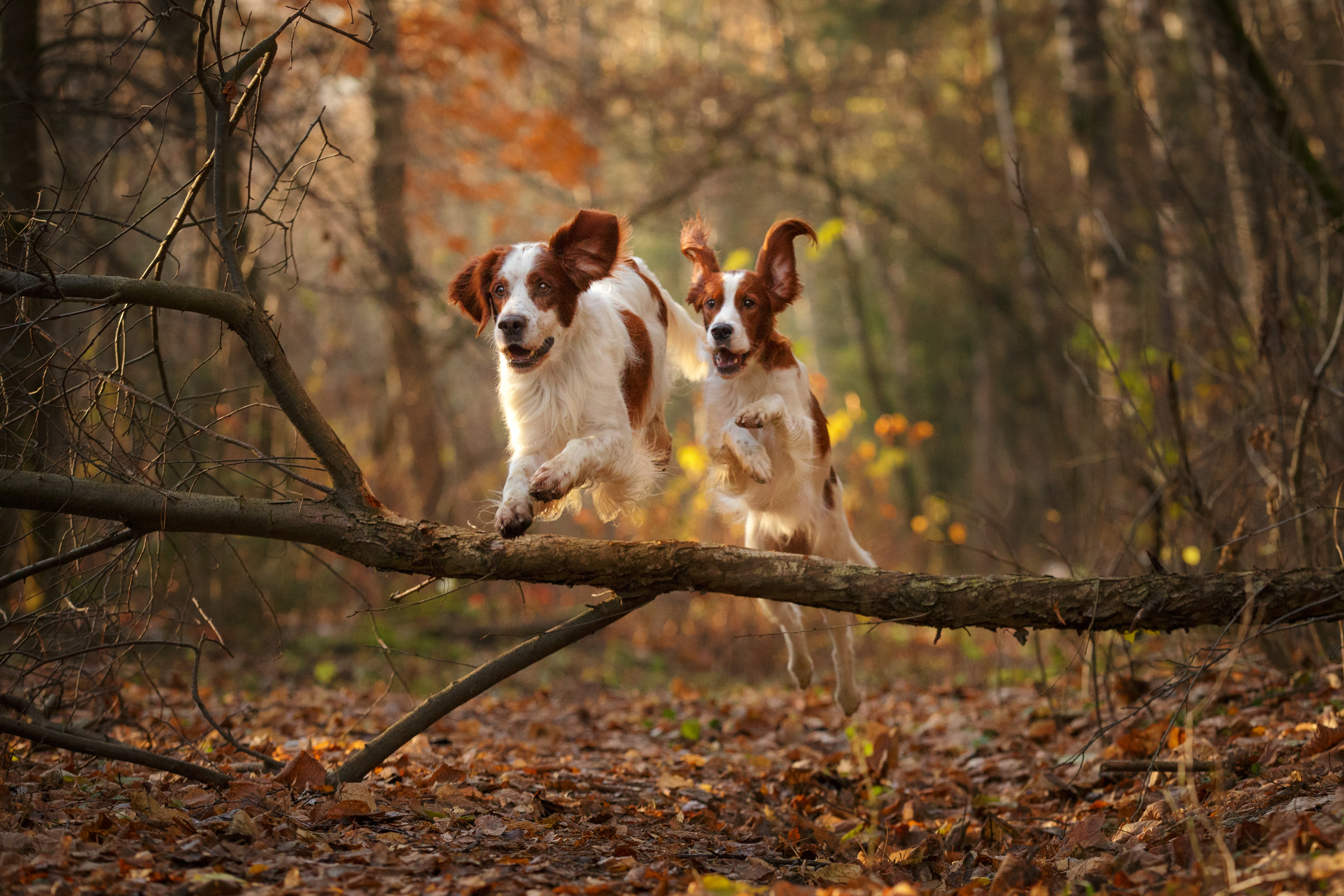
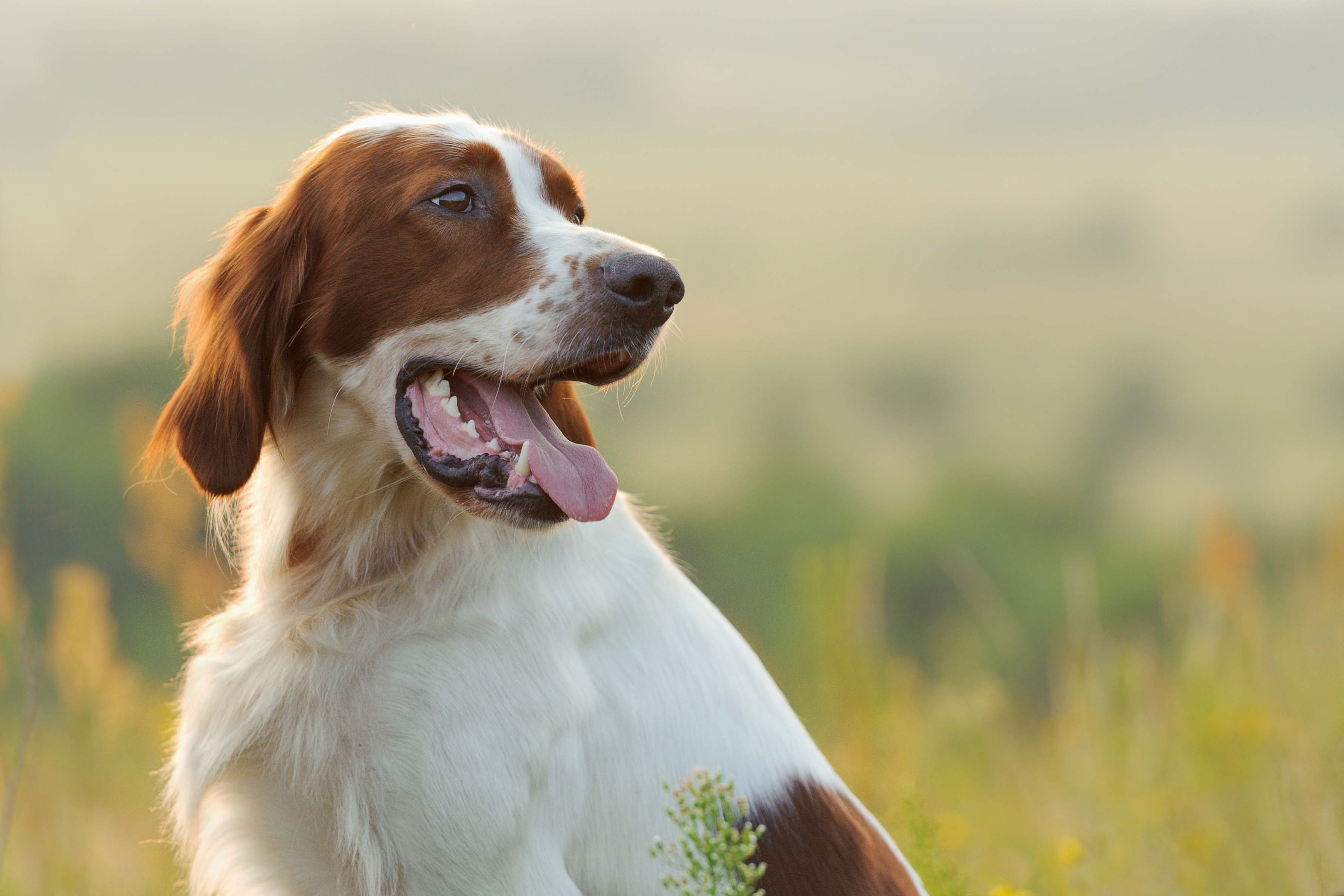
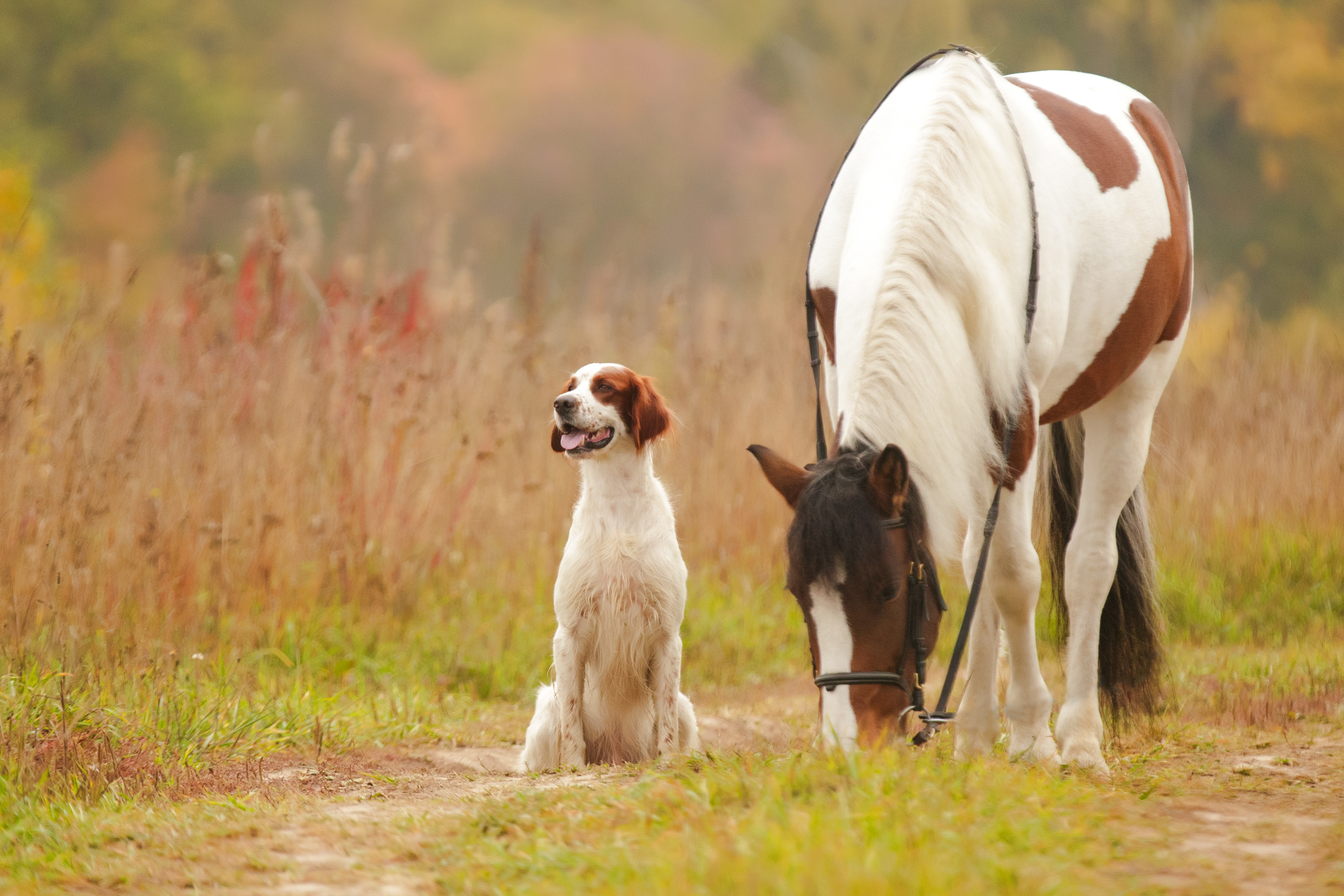
An elegant, working companion
Traditionally used by falconers to locate game birds, the setter would ‘set’ — freeze in place — to indicate prey. Their calm, intelligent nature made them a dependable gundog and a trusted working dog for the landed gentry.
Exquisite houses, the beauty of Nature, and how to get the most from your life, straight to your inbox.
The Rossmore family of Rossmore Castle, Co Monaghan (now demolished), were such champions of the breed that they established their own line. The distinctive red and white coat was also practical — it made the dog easier to spot when quartering moorland, compared to its darker-red cousins blending into the peat and heather.
Happy, affectionate and highly intelligent, today’s Irish red-and-white setters are described by the Kennel Club as ‘athletic rather than racy’. In the 1820s, a good example would fetch between 15 and 20 guineas—more than 300 times the average weekly wage. Yet by the early 20th century, their numbers had dropped drastically.
Thanks to a few dedicated breeders, they were saved — and today, the breed remains a striking, historic, and affectionate part of Ireland’s sporting legacy.
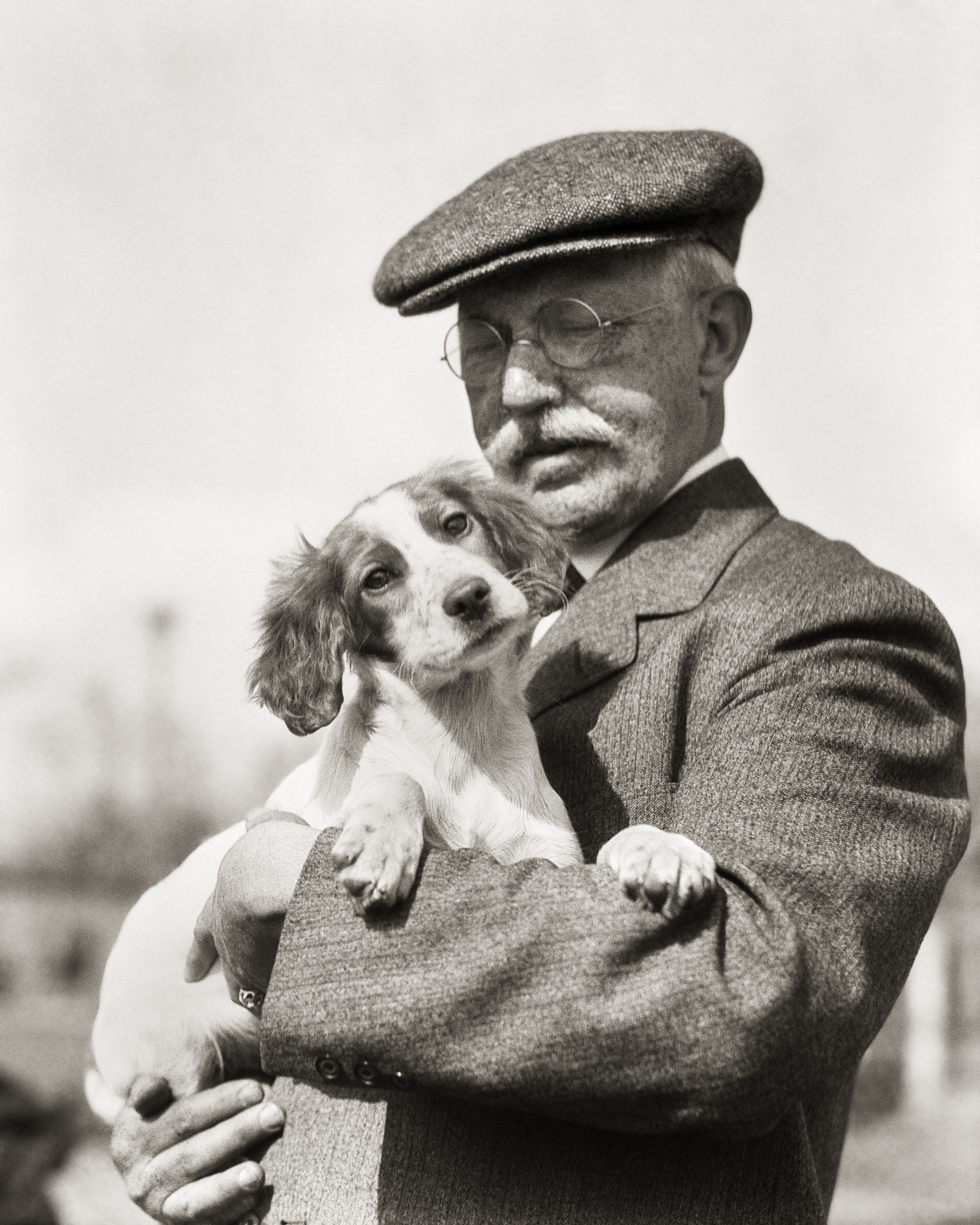
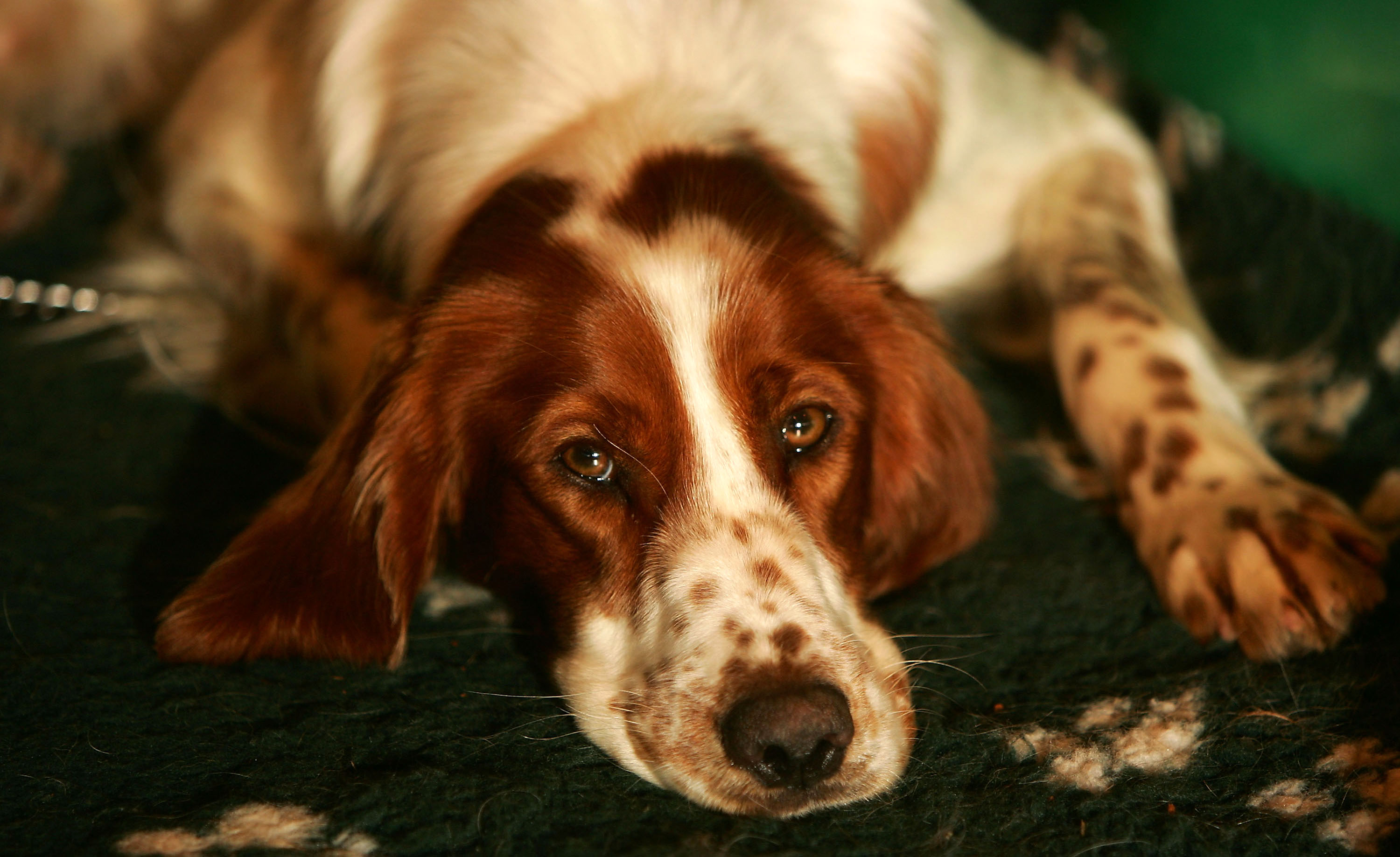
-
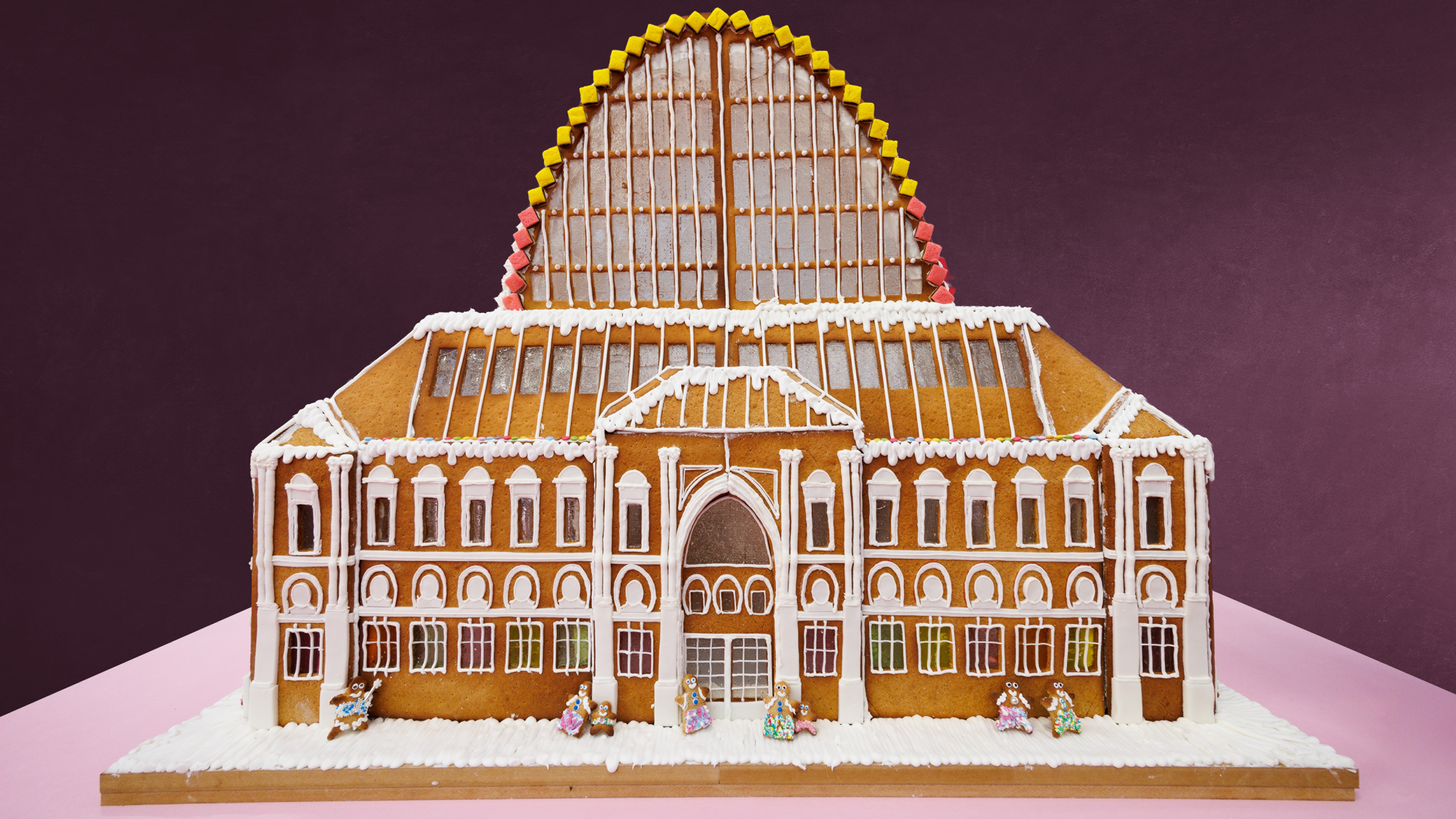 Sweet civilisation: What do you get when you ask architects to compete in a gingerbread competition?
Sweet civilisation: What do you get when you ask architects to compete in a gingerbread competition?The Gingerbread City is back in London’s Kings Cross. Lotte Brundle pays it a visit.
-
 Sophia Money-Coutts: A snob's guide to meeting your in-laws for the first time
Sophia Money-Coutts: A snob's guide to meeting your in-laws for the first timeThere's little more daunting than meeting your (future) in-laws for the first time. Here's how to make the right kind of impression.
-
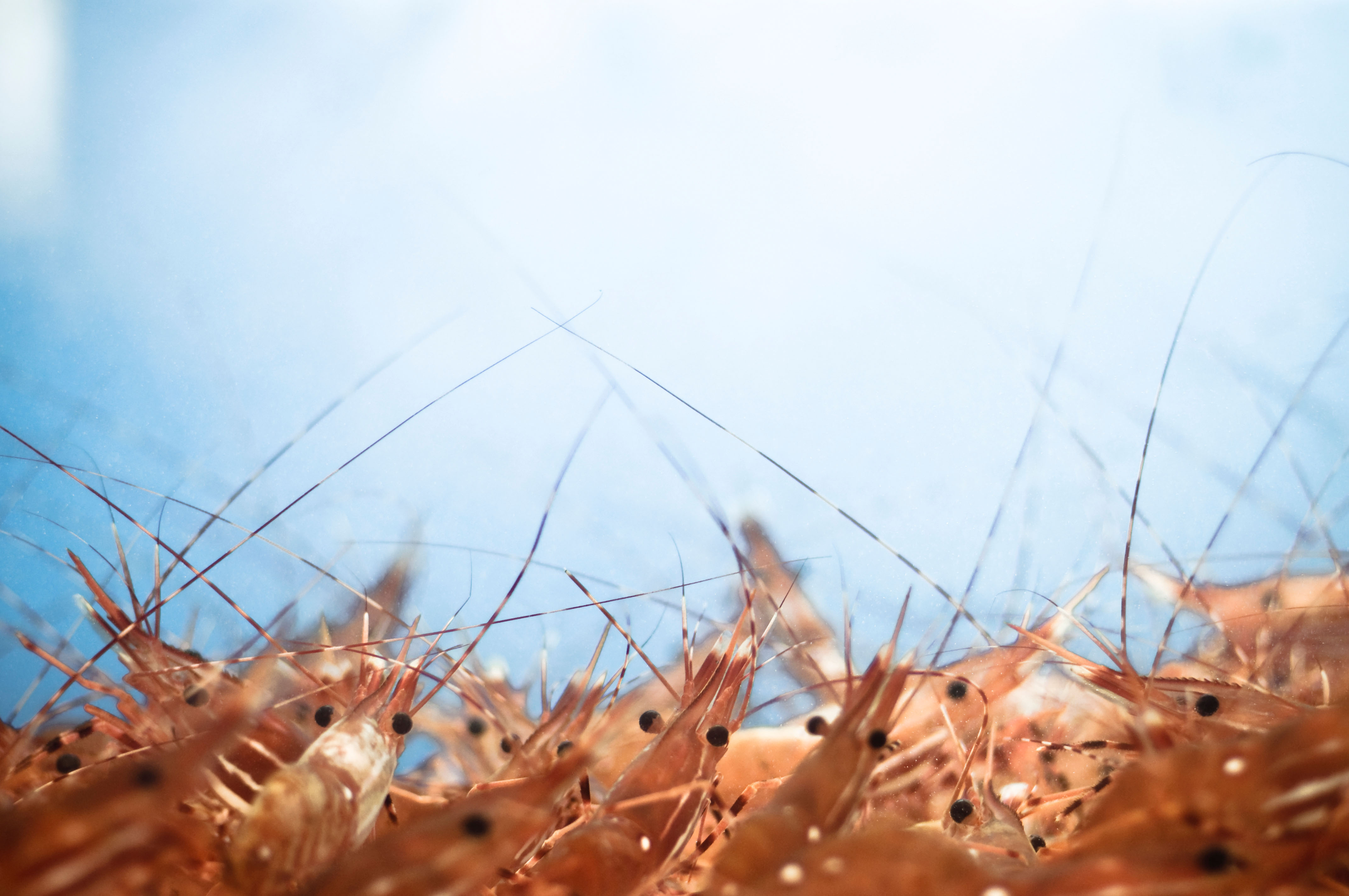 Farmers of Britain, go forth and grow prawns
Farmers of Britain, go forth and grow prawnsA new study has proposed that farmers could start growing king prawns to diversify income streams.
-
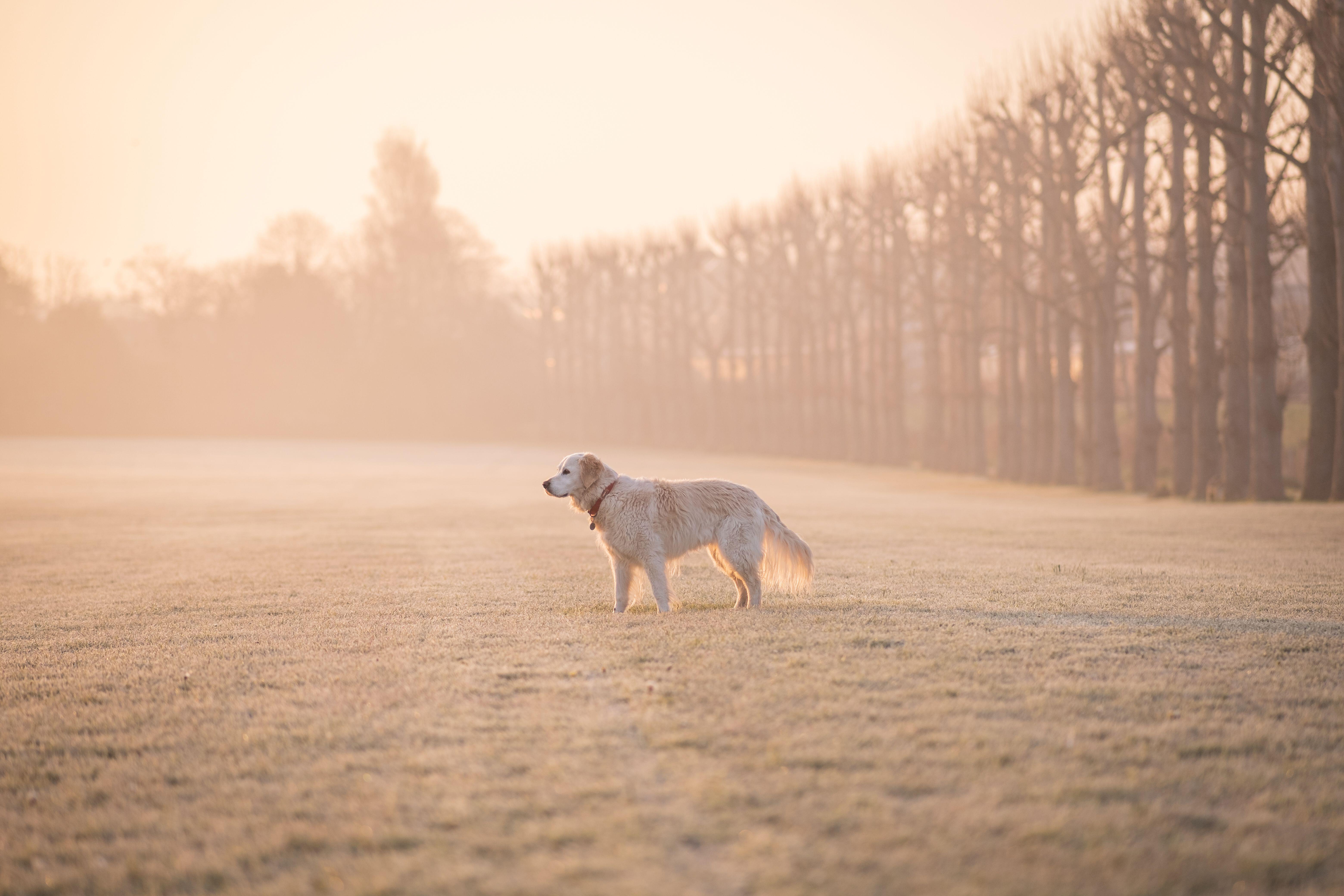 The golden retriever: The world’s most likeable dog almost didn’t exist at all
The golden retriever: The world’s most likeable dog almost didn’t exist at allThey’ve been popping up everywhere this week — on the Tube, at Christmas parties and in the news — so it feels like the perfect moment to talk about the dog breed we’re lucky to have.
-
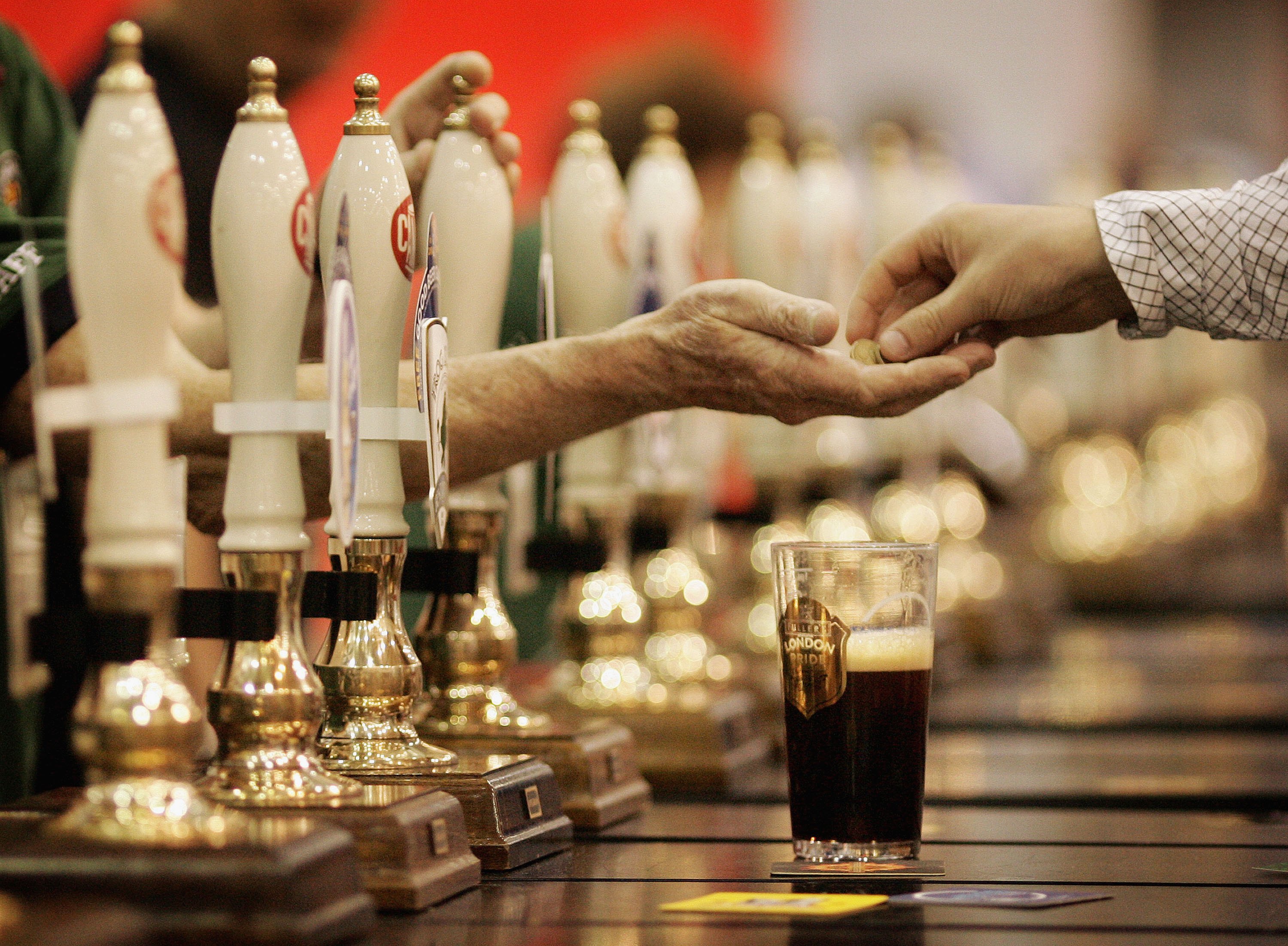 In search of London’s earliest pint
In search of London’s earliest pintEarly houses — pubs open in the early hours to feed and water the market trade — have been a cornerstone of London for centuries. Yet, as Will Hosie finds, they aren’t stuck in the past.
-
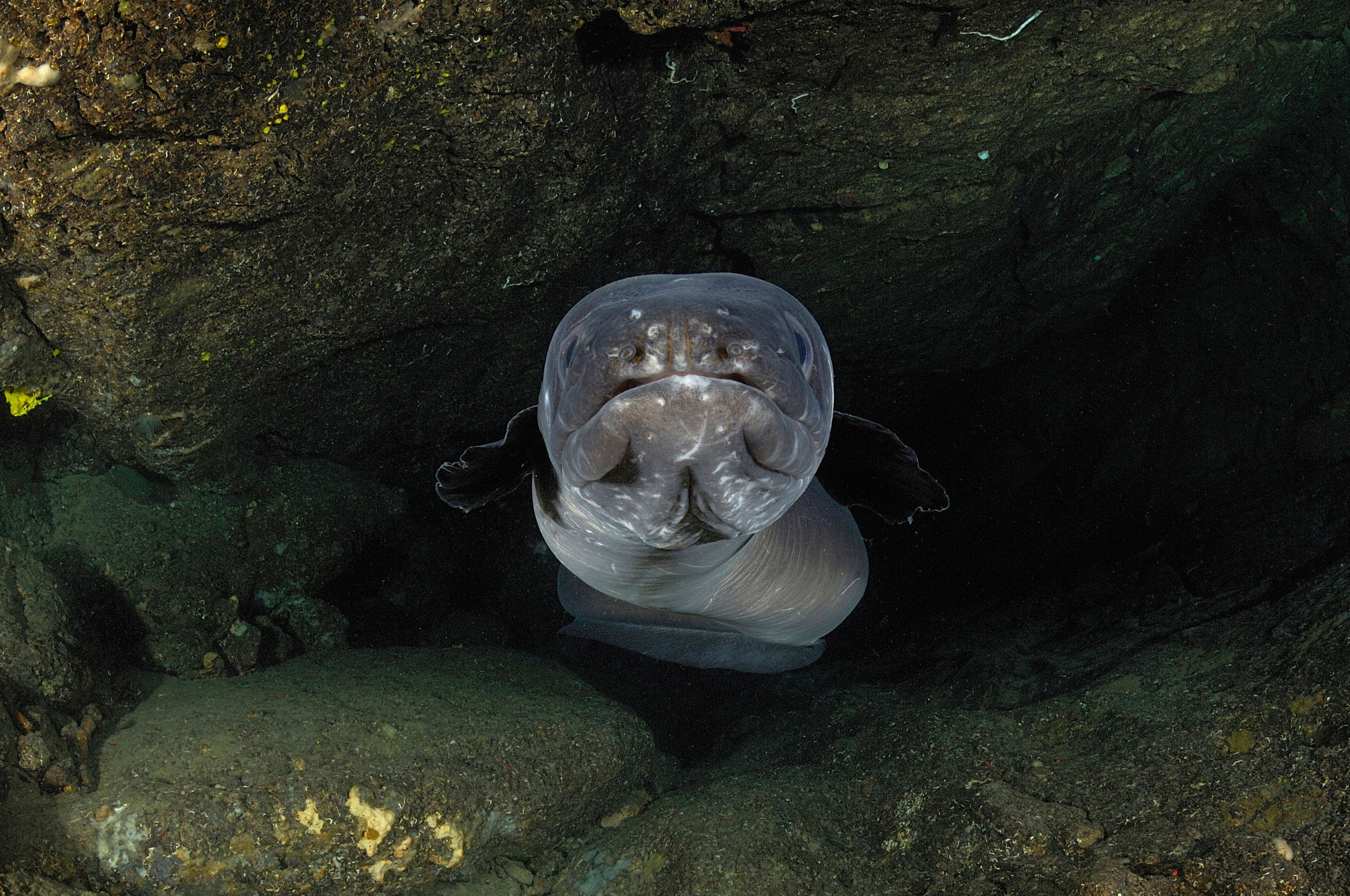 Aristotle believed they emerged spontaneously from mud, Sigmund Freud dissected thousands of them and they can dive lower than a nuclear submarine — but what is the truth about the eel?
Aristotle believed they emerged spontaneously from mud, Sigmund Freud dissected thousands of them and they can dive lower than a nuclear submarine — but what is the truth about the eel?It would seem the European eel has a long way to go to win hearts, Laura Parker says of the slippery animal with an unfortunate image problem.
-
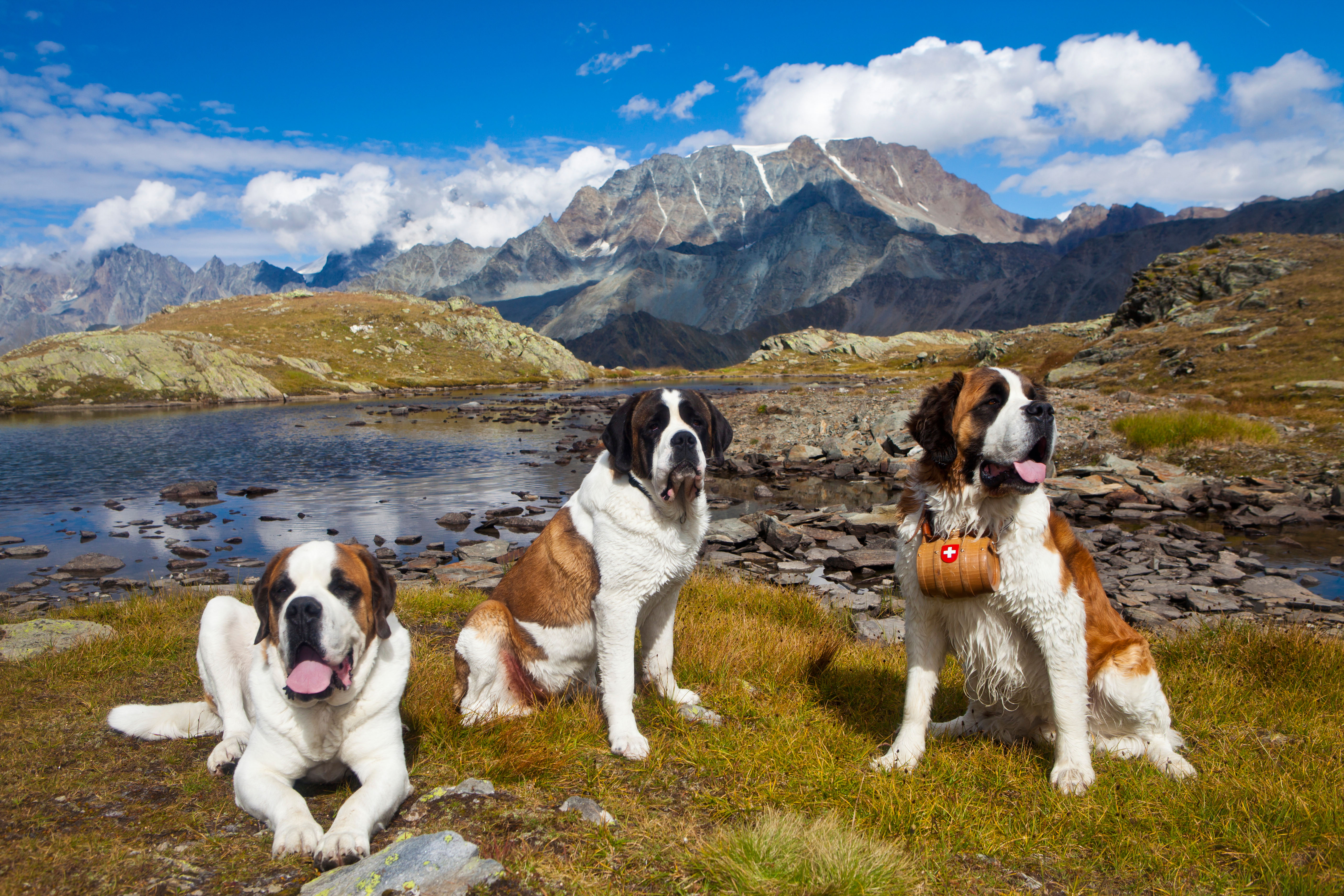 The Alpine rescue dog built for blizzards, bred by monks
The Alpine rescue dog built for blizzards, bred by monksAs snow fell across the UK this week, I found myself day-dreaming of St Bernards striding through the Alps — a snow-day dog worth celebrating.
-
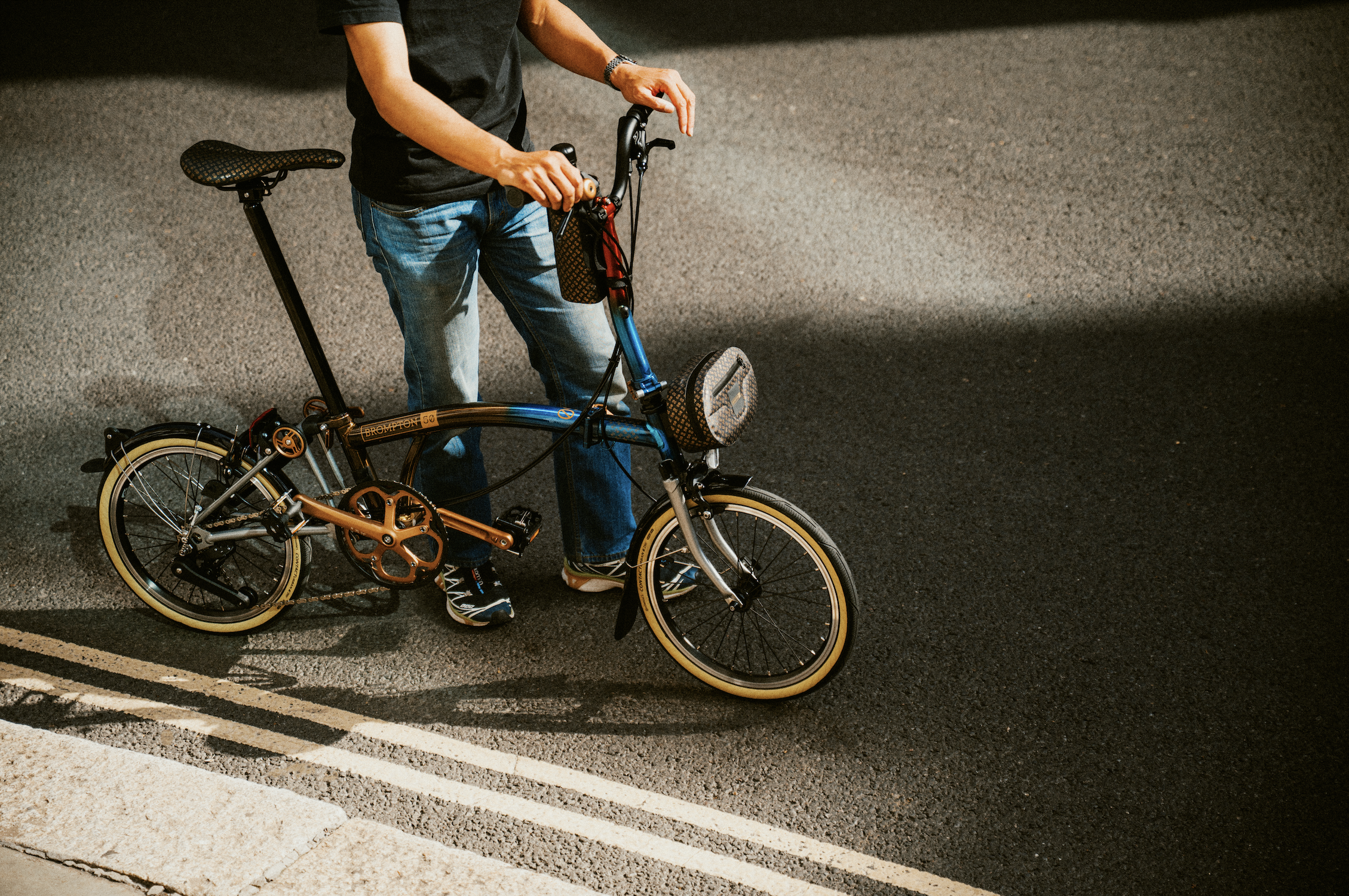 Better than Ozempic? 50 years of the Brompton bicycle
Better than Ozempic? 50 years of the Brompton bicycleOwen Wilson, James May and most of the middle-aged men and condescending hipsters you know love them. As the iconic folding bike turns 50 Lotte Brundle hops on one with the company's CEO.
-
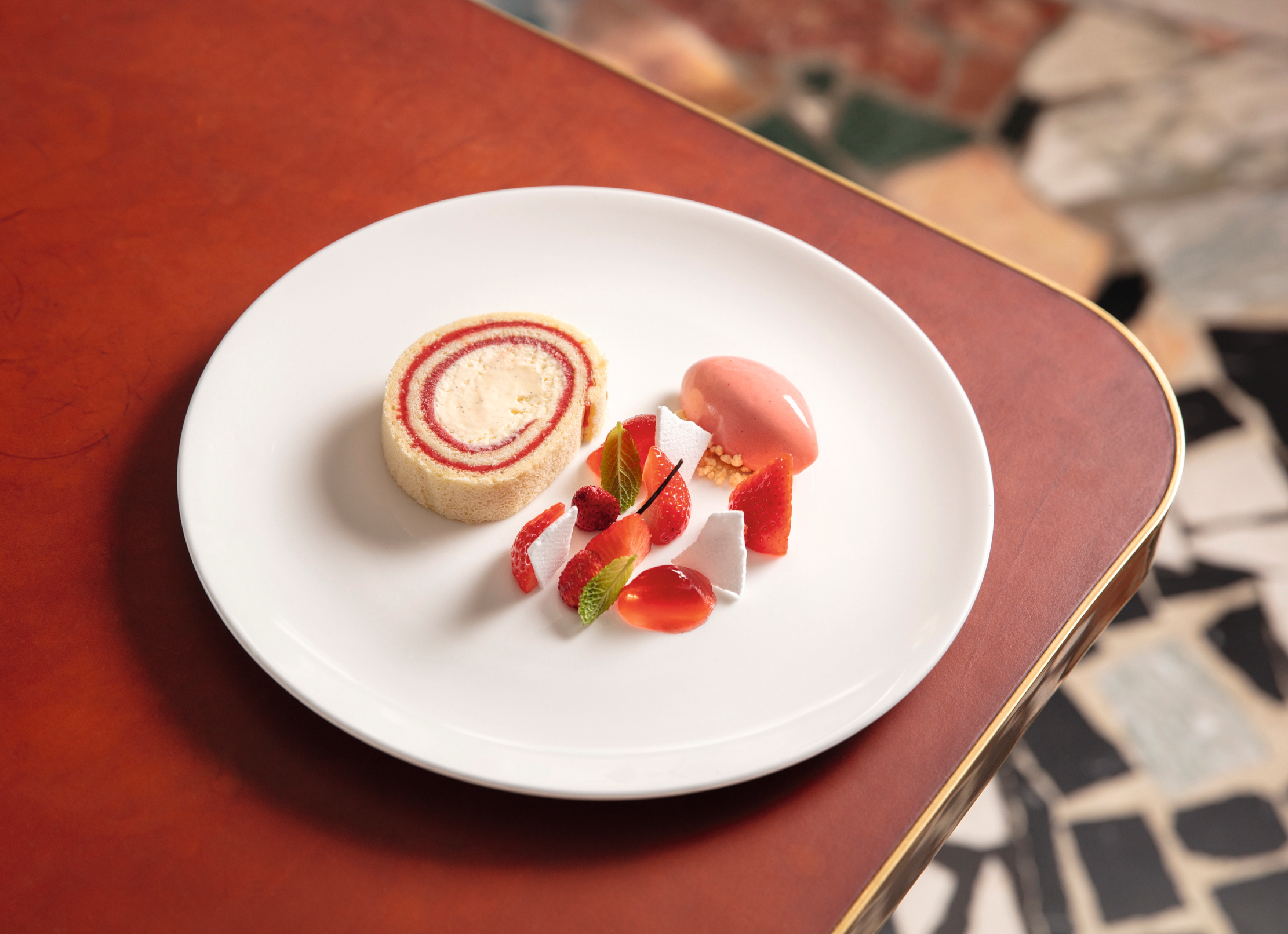 No more froths, no more foams, no more tweezers. Classic dining is making a comeback. Thank god
No more froths, no more foams, no more tweezers. Classic dining is making a comeback. Thank godFrom prawn cocktail and Arctic roll to starched tablecloths and ‘nicotine cream’ on the walls, it’s out with the new and in with the old in the restaurant world
-
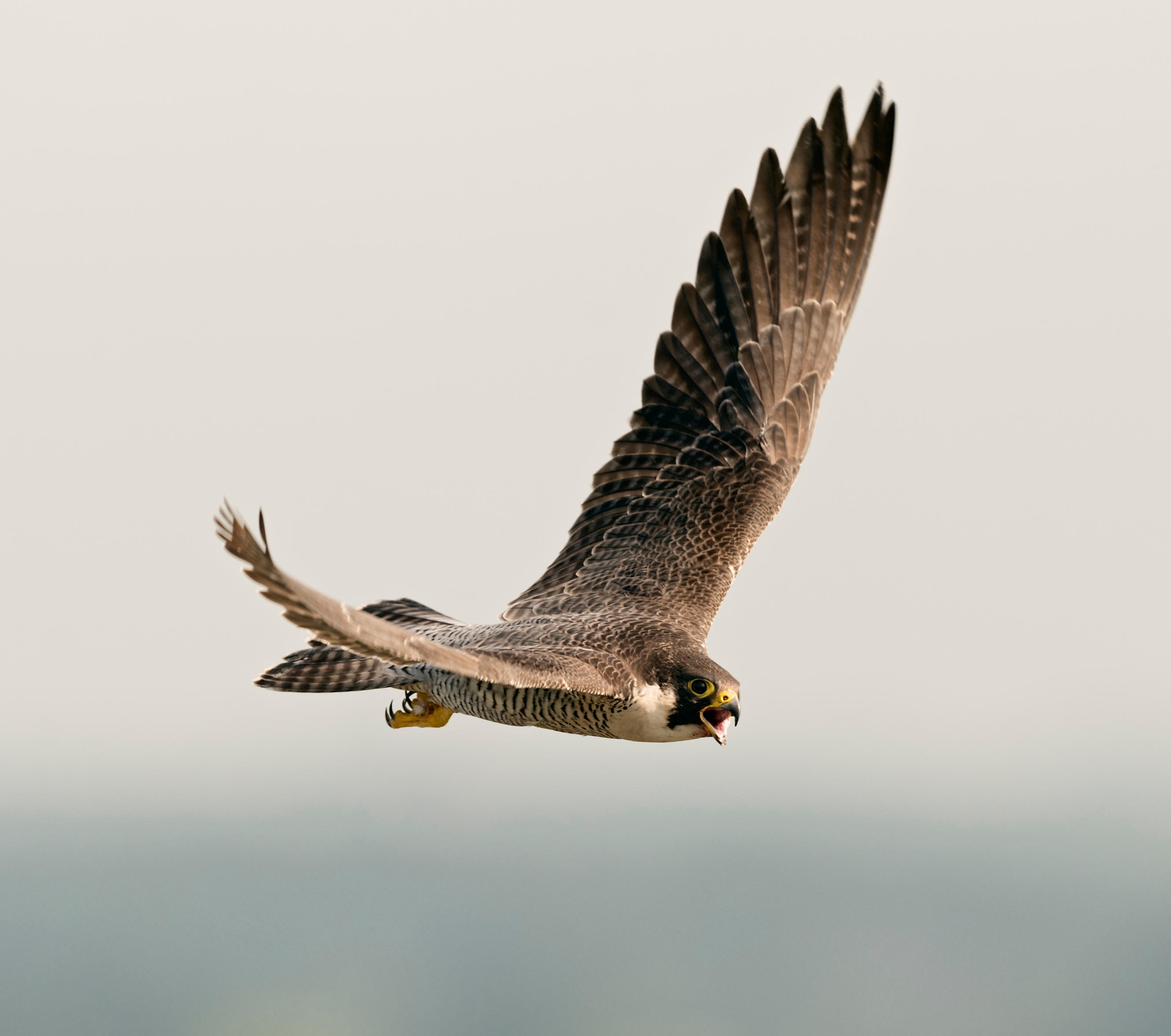 'It is hard to beat the excitement of watching a peregrine you have trained stoop from 1,000ft, going more than 100mph' — the complicated world of falconry
'It is hard to beat the excitement of watching a peregrine you have trained stoop from 1,000ft, going more than 100mph' — the complicated world of falconryA combination of spellbinding sport and profound empathetic connection, falconry–a partnership in which the bird maintains the upper hand–offers a window into ‘the deeper magic’.
